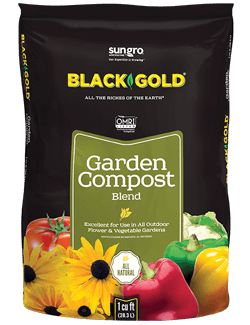“I always have bad luck growing rooted veggies – but get a lot of tomatoes and cukes – and beans why?” Question from Christine of Adams, Massachusetts
Answer: Tomatoes, cucumbers, and beans are all warm-season crops, while many root crops are cool-season crops. So long as your root veggie problems aren’t caused by groundhogs, insect pests, rabbits, or voles, there are several reasons why you may be having troubles. Here’s an overview of how to grow root vegetables with success.
Growing Root Vegetables
Most root vegetables grow and taste best in cool weather and can be started in spring just before the last frost. This includes spring beets, carrots, onions, radishes, and turnips. Choose highly rated or award-winning varieties, like the AAS-winning carrot ‘Purple Haze‘ or ‘Avalanche‘ beet, to ensure good results. These vegetables require a sunny garden space, but before you plant, first consider your soil.
 Root vegetables grow best in deep, friable loam that’s high in organic matter and has a pH of 6.0 to 6.8. Deep, loose soil is especially important for tap-rooted veggies, like carrots, parsnips, and Asian radishes. If the soil is tough down below, they will be stunted. I recommend double digging your root vegetable plot. Double digging involves deeply digging a garden area to loosen the soil, and amending with compost (Black Gold Garden Compost Blend) and slow-release vegetable fertilizer to encourage superior rooting. [Click here to read an article about double digging.]
Root vegetables grow best in deep, friable loam that’s high in organic matter and has a pH of 6.0 to 6.8. Deep, loose soil is especially important for tap-rooted veggies, like carrots, parsnips, and Asian radishes. If the soil is tough down below, they will be stunted. I recommend double digging your root vegetable plot. Double digging involves deeply digging a garden area to loosen the soil, and amending with compost (Black Gold Garden Compost Blend) and slow-release vegetable fertilizer to encourage superior rooting. [Click here to read an article about double digging.]
When seeding your crops, create shallow rows with a stick and sprinkle them with added compost to aid germination. Label the rows, sprinkle in the seeds, cover with another light sprinkling of compost, and lightly water. Keep the rows just moist until the seeds start to sprout. As they grow, you can water them more vigorously. When the seedlings have reached 3 inches or so, thin them. (Please see the video below about growing beets for thinning instructions.) Keep these vegetables moderately moist and well weeded, and they should grow beautifully!
Later in the season, you may consider growing fall root crops, like winter carrots and onions, parsnips, and rutabaga. [Click here to read an article about growing these crops.]
Good luck with this year’s root crops!
Jessie Keith
Black Gold Horticulturist


